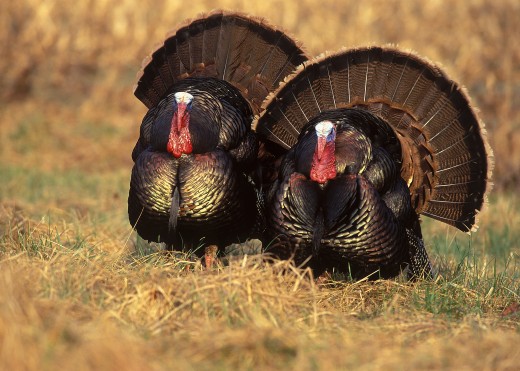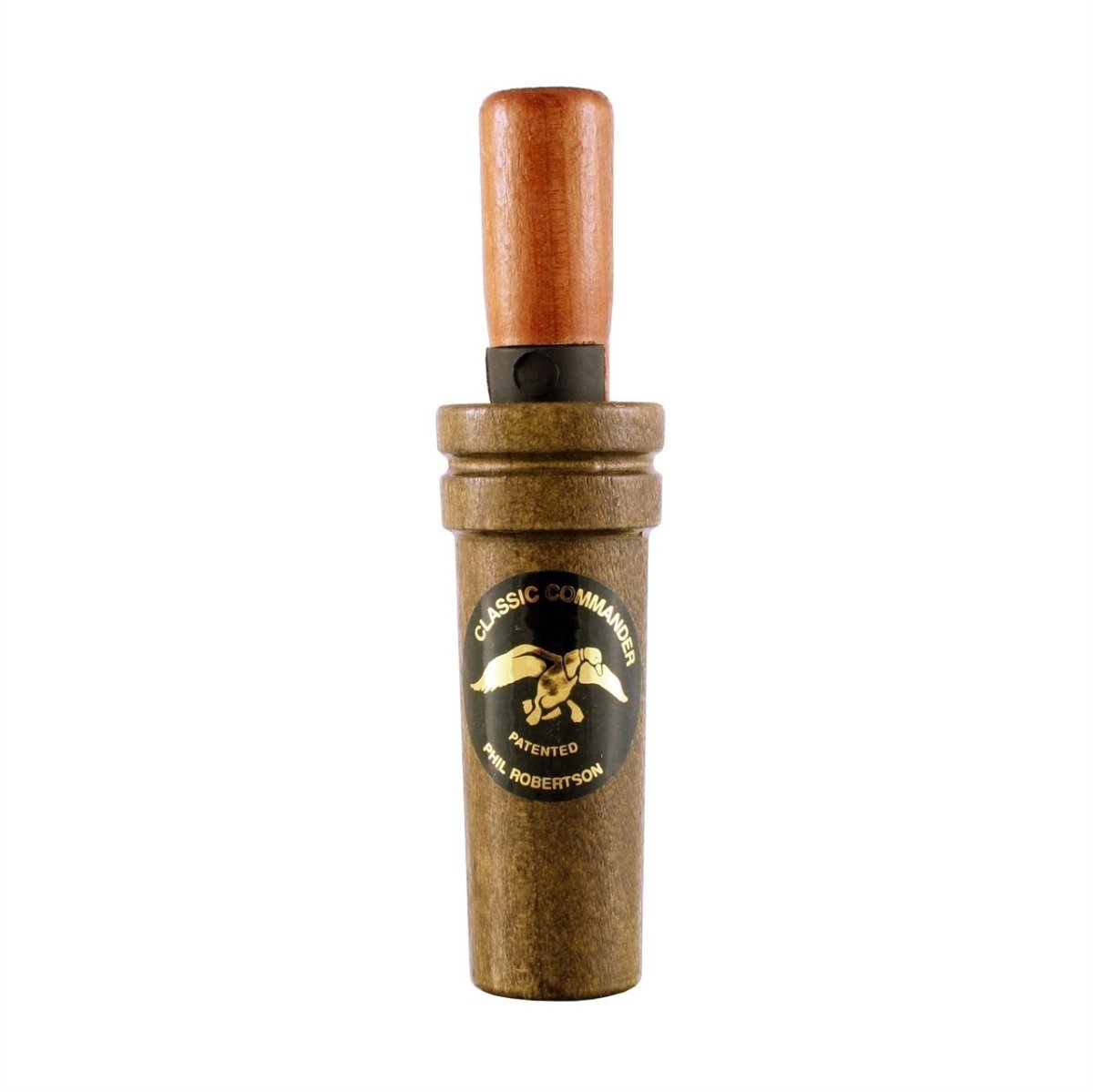Learn how to call a turkey successfully
Calling a turkey
Before pilgrims landed on Plymouth Rock, Tribes of Native American Indians hunted the wild turkey for food. For More than 4,000 years, turkey hunters have made custom turkey calls using the wild turkey’s own wing bones. These custom turkey calls now as then, make it possible to bring the wary turkeys in close enough hunters can harvest a turkey. However, today turkey hunters have many more calls to use than hunters of 4,000 years ago did. As you continue to read this article, I believe you will begin to see, Learning how to call the wild turkey successfully, is easier than you may believe
Easy to use Turkey box call
Popular and affective turkey calls
Although the wing bone call is still an effective call, verry few turkey hunters use them today. Instead, most hunters use a box call, slate turkey call or a mouth call.
The trusty old box call has been the favorite choice for several generations of turkey hunters, used to imitate the sounds of the wild turkey such as the yelp, cluck, and purr. Let us not forget the fly down cackle, a cutting hen, or the gobble.
The box call is relatively easy to learn and use. By holding the box in one hand, a hunter slides the top of the call against the sides of the box with the other hand to reproduce a hen cluck and yelp on the single sided box call. The double sided box calls are a favorite among hunters who like to use them to call in the ole gobbler using a gobble call, tom cluck and yelp.
Long beards in the mood for love

Calling wild turkeys like a pro make your own wing bone call
Turkey slate call
Running a slate pot turkey call
Slate turkey call, the slate call is a must have, for any serious turkey hunter. They consist of a pot, soundboard and the calling surface, and a striker used to create the sweet yelps, clucks, and purrs of the wild turkey. Custom turkey call makers, use all kinds of hardwoods and plastics to make the pots, calling surface and strikers.
The different materials make different pitched sounds, look great, and reflect the personally of the call maker. However, more importantly, materials such as glass, aluminum, slate, and Lexan make the pot call easy to use and function in just about any weather condition.
The biggest drawback to using slate for the calling surface, when it gets wet, the call will not work. However, the simple solution to the problem is using glass, aluminum and Lexan for the calling surface to help solve the problem.
Novice turkey hunters often misunderstand the importance of the striker, how it affects the pitch and raspyness of a calls sound. Strikers made using different materials like, hardwoods, plastics and even carbon shafts work extremely well to reproduce the high-pitched sounds of the hens and low-pitched sounds of a gobbler.
Run a slate turkey call like a pro
Turkey mouth diaphram call
What is the best turkey call?
Calling turkeys using mouth calls
Mouth, diaphragm or as professional turkey caller’s affectionately refer to them, frams, are used by experienced turkey hunters. Although mouth calls are the most difficult to learn how to use. They are the easiest to carry, and more importantly, easy to call without excessive movements required by the hunter.
The single reed call is the easiest diaphragm call to learn how to use. It produces the higher pitched sounds associated with young turkeys, and some hunters complain about the reed tickles the roof of their mouth.
Double reed calls, are the most popular mouth call. They are easy to use, as mouth calls go, make good yelps, clucks and purrs. Experienced turkey hunters can use a double reed call to cut, cackle and kiekie as well as gobble. The double reed mouth call is a bit raspier than a single reed call, and does not tickle the roof of the caller’s mouth.
Mouth calls are also available in three and four reed models, with splits, cuts and notches in one or more of the reeds on the call to produce a raspier sounding call. The more reeds a call has, the harder the call is to run. However, when a hunter needs to make a nasty ole hen yelp, cluck or cackle, a three or four reed call with notches and ‘v’s cut into the reed is the only way to go for the die-hard mouth call user.
The best part of using a mouth call is no hands are required to run the call. Although the experienced mouth call user will use their hands from time to time, to redirect the sound to make the ole gobbler think his girl friend is leaving the area. Otherwise, a hunter is able to run a diaphragm call, aim his weapon and close the deal when the time is right, without any unnecessary movement that would spook the old gobbler.
Scout, Practice, Be Patient and above all stay safe. Mike
The author of this publication, Mike Teddleton owns the copyright to Learn how to call a turkey successfully. The rights to publish this article in print or online can only be granted by contacting me the author in writing. You may use the intro and link back to the article directing the reader back to my post here at HubPages where they may find the story in its entirety
Links to turkey hunting tips and secrets that you should know
- Learn how to hunt turkey using a turkey decoy
The North American wild turkey, otherwise lovingly called long beard, gobbler, and oh yeah S.O.B from time to time. A weary animal is he, standing about thirty-six inches from the bottom of his three toed feet... - Learn advanced turkey hunting tactics
The next time you find yourself wanting to try a turkey-hunting tactic that works more often than not, work on the ole boss hens sensibilities, work on convincing her you are the new younger better new boss hen looking to take her gobbler away from h - Learn simple tips and tricks on how to call a turkey
If you are like me, and I bet you are. You just want to know what the secret to calling an old gobbler into your decoy set-up is. The simple answer is tell the old gobbler what he wants to hear, when he wants... - How to hunt turkey, fall season tips
Hunting the wild turkey during the fall season is just about as exciting as anything a turkey hunter will do with his or her clothes on. Imagine for a moment, getting set-up on the same ole long beard that... - Discover How to Hunt Turkey Using Custom Turkey calls
Talking turkey or simply making noise. Knowing the difference will determine the success of a turkey hunt. Imagine for a moment, you are experiencing another one of those sleepless nights tossing and... - Discover How to Hunt Turkey, From a Pop Up Blind
The wild turkey is the second most popular large game animal hunted in the USA today. The majestic bird consists of five subspecies. The Eastern, Gould, Rio Grande, Merriam, and last but certainly not least,... - Learn how to call a turkey successfully
Before pilgrims landed on Plymouth Rock, Tribes of Native American Indians hunted the wild turkey for food. For More than 4,000 years, turkey hunters have made custom turkey calls using the wild turkeys...








